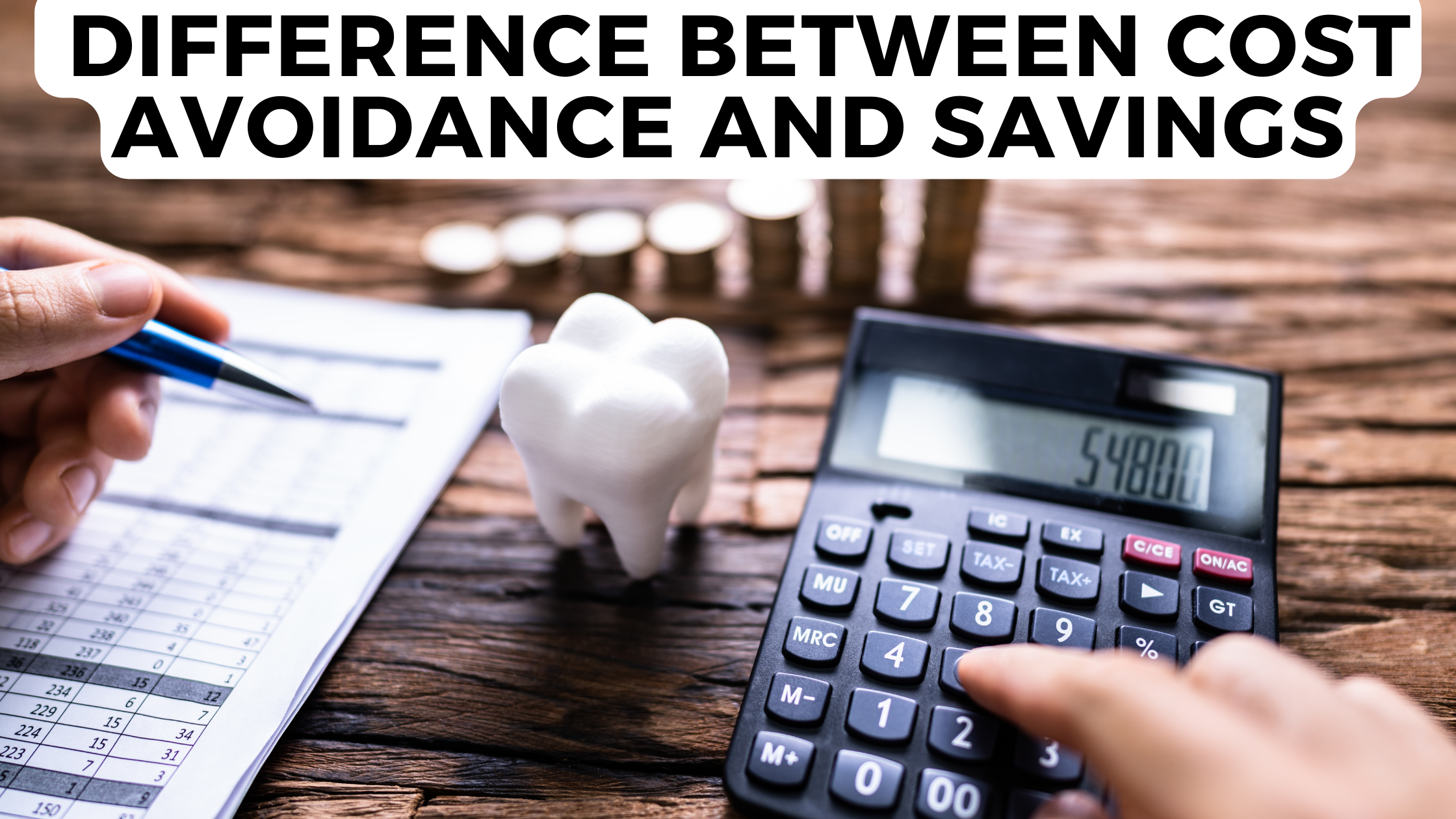Understanding the Difference between Cost Avoidance and Savings
- Expense Management Software Credit Cards Investing Business Solutions


Understanding the Difference between Cost Avoidance and Savings
In the realm of financial management, distinguishing between cost avoidance and savings is pivotal for businesses aiming to optimize their expenditures effectively. This article explores the nuances of these concepts, providing insights into their definitions, implications, and strategies for implementation.
Deciphering Cost Avoidance and Savings
1. Cost Avoidance: A Proactive Approach
Cost avoidance involves strategic actions taken to prevent incurring unnecessary expenses. It’s a proactive measure where businesses identify potential costs and implement measures to sidestep or minimize them. This approach emphasizes risk management and efficient decision-making.
2. Savings: A Result of Efficiency
Savings, on the other hand, are realized when businesses successfully reduce existing costs without compromising the quality or efficiency of operations. Achieving savings requires a keen focus on process optimization, negotiation with vendors, and leveraging opportunities for discounts or economies of scale.
Cost Avoidance vs. Savings: Key Differences
1. Timing of Impact
- Cost Avoidance: Impact is felt before expenses are incurred, emphasizing prevention.
- Savings: Impact is observed after cost reduction measures are implemented.
2. Nature of Actions
- Cost Avoidance: Involves strategic decisions to prevent or mitigate potential costs.
- Savings: Involves tactical measures to reduce current expenditures.
3. Long-Term vs. Short-Term
- Cost Avoidance: Often has long-term implications, providing sustained benefits.
- Savings: Immediate impact on the budget, with benefits visible in the short term.
4. Proactivity vs. Reactivity
- Cost Avoidance: Proactive in identifying and addressing potential financial risks.
- Savings: Reactive, responding to existing costs to optimize financial outcomes.
Relevant SaaS Products for Financial Efficiency
1. Subscribed.FYI – SaaS Stack Management
Subscribed.FYI offers a comprehensive platform for managing SaaS subscriptions, enabling businesses to avoid unnecessary costs by providing insights into subscription usage and costs.
2. Expensify – Expense Management
Expensify streamlines the expense management process, promoting savings by automating expense tracking, reporting, and reimbursement.
3. Negotiatus – Procurement Platform
Negotiatus aids in cost avoidance by optimizing procurement processes, ensuring businesses get the best deals on supplies and services.
4. Cledara – SaaS Spending Control
Cledara helps in controlling SaaS spending, contributing to both cost avoidance and savings by providing tools for monitoring and optimizing subscription expenses.
5. G2 Track – Software Management
G2 Track allows businesses to manage software usage efficiently, aiding in both cost avoidance and savings by providing insights into software utilization.
Conclusion
In the intricate landscape of financial management, discerning the subtleties between cost avoidance and savings is crucial. Implementing a balanced strategy that incorporates both proactive cost avoidance measures and reactive savings initiatives ensures a comprehensive approach to financial efficiency. With tools like Subscribed.FYI and other relevant SaaS products, businesses can navigate the complexities of expenditure optimization, fostering sustainable financial health.
Transitioning from understanding cost avoidance and savings to practical implementation is seamless with Subscribed.FYI. By offering a centralized platform for SaaS stack management, it empowers businesses to make informed decisions, contributing to both cost avoidance and savings.
Relevant Links:





